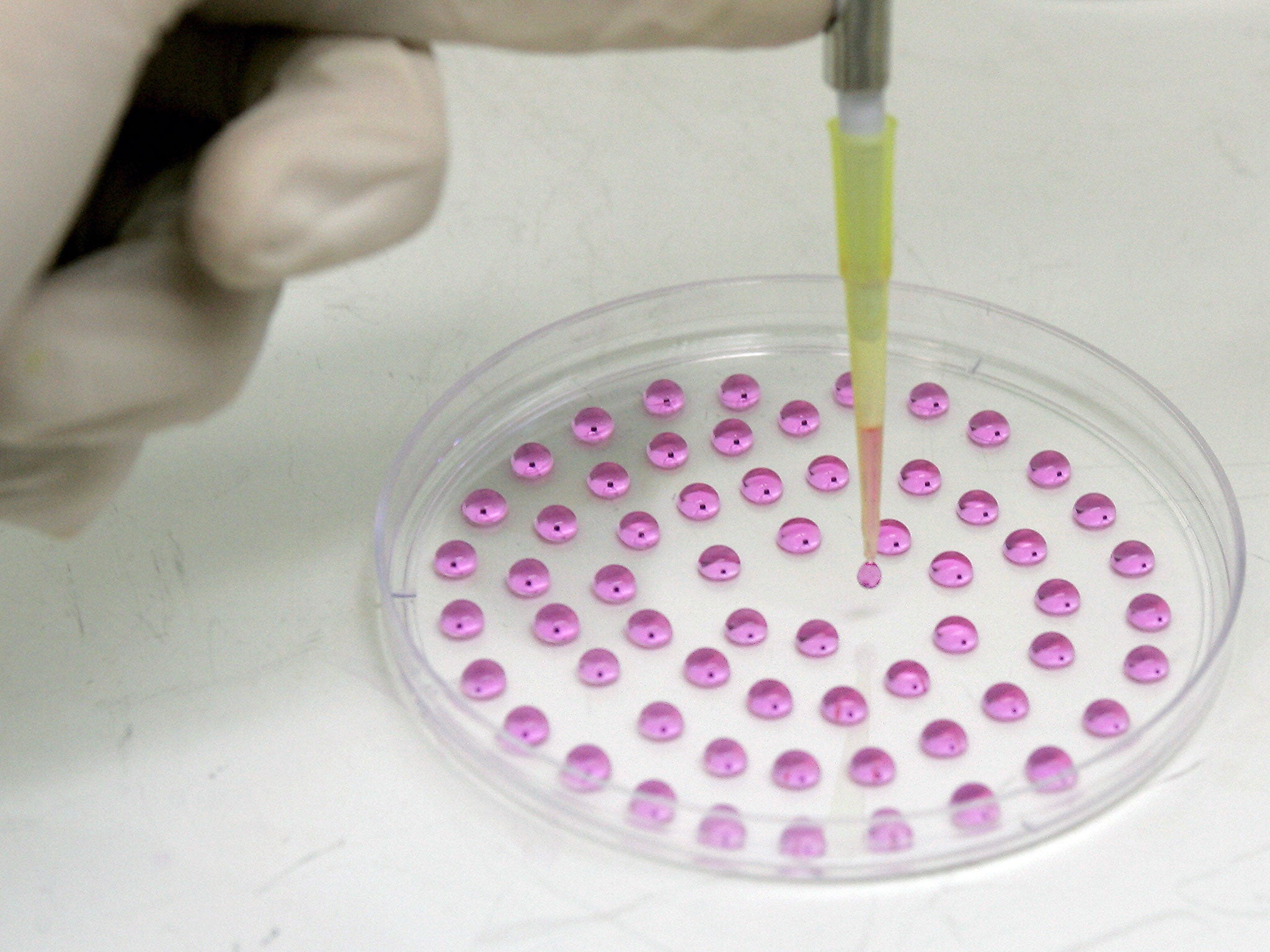New stem cell therapy which mimics how salamanders grow new limbs raises hopes of new regenerative treatments
Human trials could begin as early as next year

A new kind of stem cell raises the prospect of regenerative treatments that mimic the way salamanders grow new limbs, say scientists.
Therapies based on "induced multipotent stem" (iMS) cells could be tested in human trials as early as next year, according to Australian researchers.
The team, from the University of New South Wales, demonstrated a way of producing iMS cells by reprogramming bone and fat cells.
In theory, the cells could be used to repair bone, cartilage, and muscle.

Unlike other kinds of stem cell that can differentiate into many types of tissue, iMS cells are not thought to run the risk of triggering cancer.
Lead scientist Professor John Pimanda, said: "We are currently assessing whether adult human fat cells reprogrammed into iMS cells can safely repair damaged tissue in mice, with human trials expected to begin in late 2017.
"This technique is ground-breaking."
To date researchers investigating regenerative treatments have experimented with embryonic stem (ES) cells induced pluripotent stem (iPS) cells.
Both behave in a similar way, multiplying indefinitely and having the ability to transform into any kind of body tissue.
While ES cells are natural, obtained from early-stage embryos, iPS cells are made by reprogramming adult cells. But both run the risk of generating cancerous tumours, and iPS cells are created using genes injected by viruses, which is clinically unacceptable.
The iMS cells which are the focus of the new research reported in the journal Proceedings of the National Academy of Sciences have a more limited capacity but claimed to be safer than ES or iPS cells.
The Australian team produced them by inducing "plasticity" in bone and fat cells from mouse and human donors.
The technique involved exposing the cells to a compound called AZA as well as a platelet-derived "growth factor" - a substance that stimulates growth.
It mimics the remarkable way salamanders use plasticity to regenerate lost limbs or tails, said the scientists.
Dr Ralph Mobbs, also from the University of New South Wales, who will lead the human trials, said: "The therapy has enormous potential for treating back and neck pain, spinal disc injury, joint and muscle degeneration and could also speed up recovery following complex surgeries where bones and joints need to integrate with the body."
PA
Join our commenting forum
Join thought-provoking conversations, follow other Independent readers and see their replies
Comments